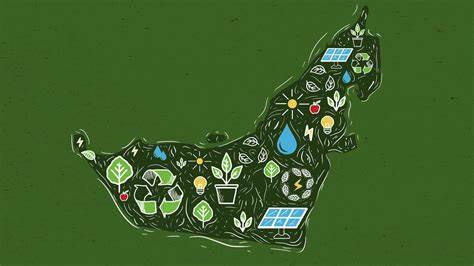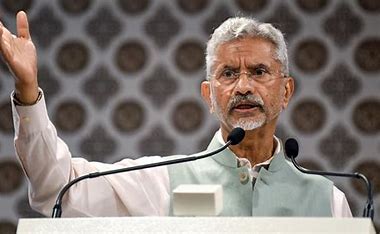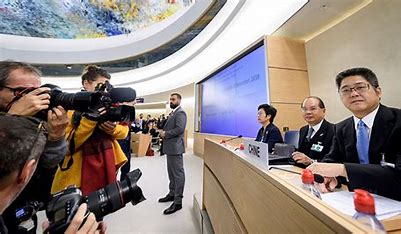
Before partition i.e. early 1940s, in my childhood, I often used to visit my grandparents’ town – Haranpur during summer vacations. I still remember this conversation between our neighbours ‘Bhain kithhe challi hain? (Sister, where are you going?) ‘Kataas Raj chali haan. (going to Kataas Raj) and on returning, when again they were asked ‘Bhain, kithhon auni pai hain? (From where are you coming?) ‘Kataas (without Raj) gai uss’ (had gone to Kataas) and that too with a tired tone as in the absence of any mode of transport, they had to go walking, in those days. Although now after renovation, it is well connected with road from all sides. According to the Holy Epic, Mahabhaarat, it was then called Kataaksha Raaj which is a Sanskrit word meaning tearful eyes (of Lord Shiva).
Kataas Raj is near Darmiyaal town, city Chakwaal and it reminds me that Darmiyaal was the birthplace of my Grandmother (daadi). Coming back to Kataas Raj, it is believed that the sacred tank in the Kataas Raj temples Complex came in to being as a result of the tears of Lord Shiva which fell here when he did Taandav crying and carrying his dead wife Sati on shoulders. Kataas Raj temples Complex contains, Satgraha which is a group of seven ancient temples consisting of temples of Lord Ram, Lord Hanumaan, Lord Shiva and other Gods, one Buddhist Stupa, some Medieval Sanctuaries and Havelis. The architectural designs are similar to the Kashmiri temples and are located at an altitude of 2000 feet, surrounded by the hills of Salt Range of Khewra. Alongwith being a religious shrine, it is now a tourist spot and has become a very famous place for movies and drama shoots. Also, Sunset is breathtaking at this place. A small fort, built by Hari Singh Nalwa for his residence over a hillock, overlooking the temple complex, is also very famous among tourists.
Talking about the history of Kataas Raj, it is believed that during their exile of 13 years, Pandavas visited this place with their mother, Kunti. On their arrival, when she felt thirsty, all the Pandavas went to fetch water in that sacred Tank one by one but a Yaksh owner did not allow them. He put a condition that they will be allowed to have water from there, only if they answer his five questions. Unfortunately Yudhisthir, Bheem, Nakul, Sehdev were not able to answer and they fainted. After a long wait, Arjun came and was able to answer all the five questions correctly as a result of which all Pandavas came alive and were allowed by Yaksh to have water and that’s how Kunti was able to quench her thirst.
During excavations, Granite-made axes and knives, along with terracotta bangles and pottery were discovered from a site near Kataas Raj Temples Complex which were similar to the artifacts found at the excavation site of Harappan Civilization. This temple has also been mentioned by the Chinese travelers Fa-Hien and Huen Tsang in their travelogues, during their visit to India in 4th and 7th century respectively. Some historians believe that the first Sikh Guru, Guru Nanak Devji also visited this place during his 3 Udaasis (pilgrimages) in the 16th century. In the early 19th century, Sikh emperor Maharaja Ranjit Singh ji used to visit Kataas Raj during Baisakhi. It was a popular temple visited by Hindus and Sikhs during Shivraatri before partition. And even after partition, Indian pilgrims would visit Kataas Raj untill 1965 IndoPak war because after this war, they were barred till the pilgrimage to the temple started again in the year 1984. The temple was in dilapidated condition till Sh. Lal Krishan Advani, Former Deputy PM visited the same in the year 2005. After seeing it in ruins, he persuaded the Pakistani Govt. to renovate it which started in 2006 and after restoration, not only Pakistani people but Indian pilgrims also started visiting the temple frequently especially during Shivaraatri. It was in 2017 that Kataas Raj Dham Festival was celebrated. It is very interesting to note here that the idols in seven temples were installed at the cost of 51 million rupees wherein a team of Pakistani Archaeologists visited India, Nepal and Srilanka to collect the idols.
In this series, I shall be sharing my memories of Shri Panja Sahib which is in Distt. Rawalpindi, Pakistan.
Homemaker and Author of the book ‘Sayaane Keh Gaye’.















